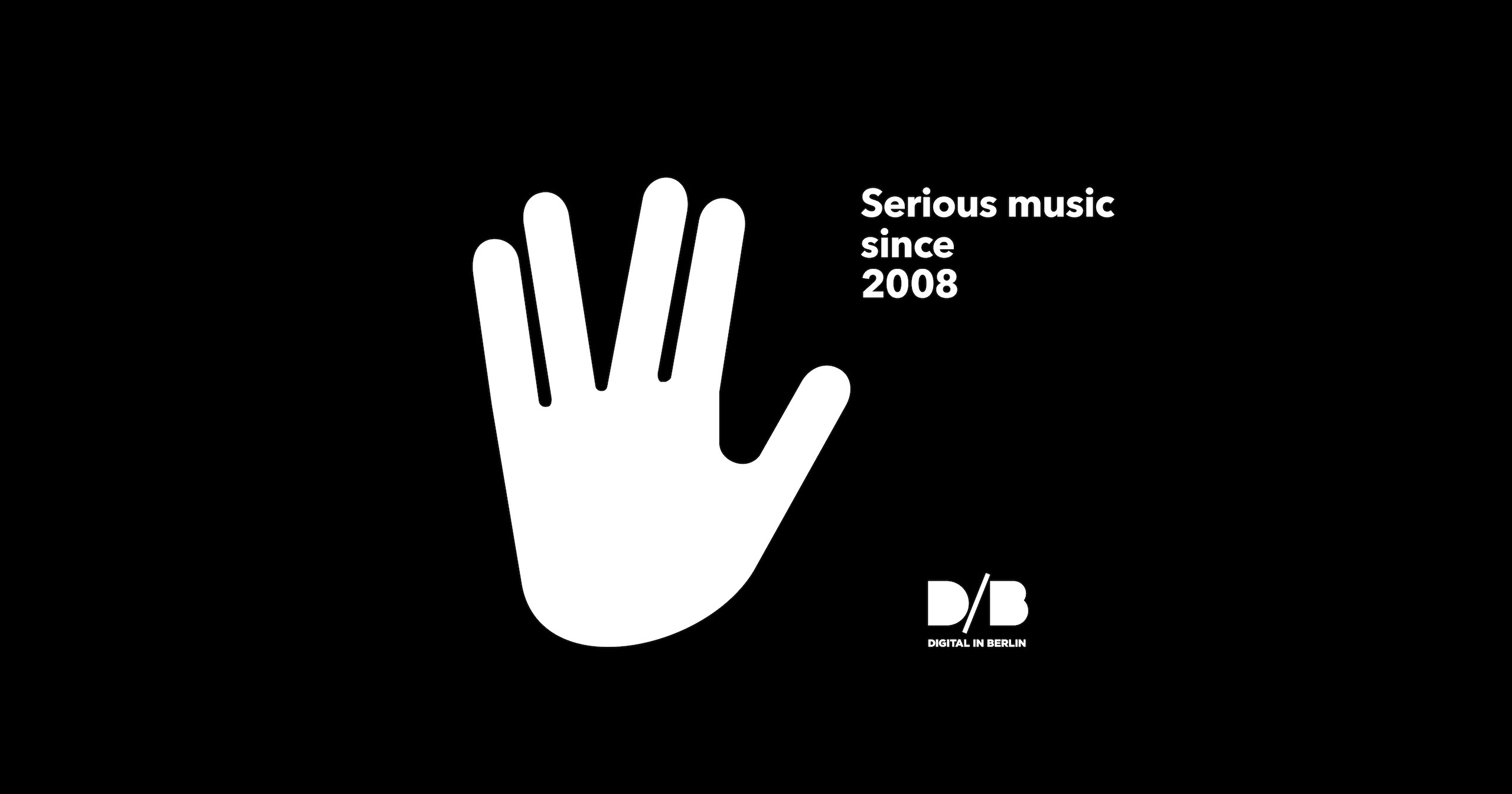Space Age Pop fans know Mary Mayo for her ethereal wordless vocals on Moon Gas, the superb 1963 album she cut with Dick Hyman.

To be completely accurate, not all her vocals on the album are wordless, but what people remember best are the theremin-like sounds she created to go along with Hyman’s wizardry on the Lowry electronic organ and special guitar effects courtesy of Vinnie Bell, to offer, in the words of the liner notes, “a glimpse at the possible sounds of the 22nd century.
Dick Hyman / Mary Mayo – I’m Glad There Is You
httpv://https://youtube.com/watch?v=k2TQBZQXSwc
Mayo first got started as a singer appearing on broadcasts from radio station WBT in Charlotte, North Carolina just after the end of World War Two. Gifted with a four-octave range, she was soon spotted by talent scouts and wound up working for Tex Beneke, who was leading the post-war version of the Glenn Miller Orchestra. While singing with Beneke, she married Al Ham, an arranger and bass player in the band.
 With the birth of their daughter, Lorri, the couple settled in New York City and went to work in the studios there. Ham joined Columbia Records and became a producer, working with Johnny Mathis, Les Elgart, and, most notoriously, the fabulously successful series of “Sing Along with Mitch [Miller]” albums. He later dabbled in film, producing Harlow, a low-budget copycat of the Paramount movie of the same title. Mayo sang on the soundtrack, which was written by Ham and Nelson Riddle. The film earned a footnote in movie history as the one and only studio production shot in “Electronovision,” an early form of videotape.
With the birth of their daughter, Lorri, the couple settled in New York City and went to work in the studios there. Ham joined Columbia Records and became a producer, working with Johnny Mathis, Les Elgart, and, most notoriously, the fabulously successful series of “Sing Along with Mitch [Miller]” albums. He later dabbled in film, producing Harlow, a low-budget copycat of the Paramount movie of the same title. Mayo sang on the soundtrack, which was written by Ham and Nelson Riddle. The film earned a footnote in movie history as the one and only studio production shot in “Electronovision,” an early form of videotape.
Like that of other session singers, Mayo’s work is largely uncredited outside her Musicians Union logs. She ghosted on the “original cast” albums of numerous Broadway musicals, and sang alongside Don Elliott in a short-lived vocal jazz combo known as the Manhattanaires. She released a couple of singles for Columbia in the 1950s, but none even came close to the charts. And she earned a cover billing on one of Leroy Holmes’ releases for MGM. Aside from Moon Gas, her one noteworthy credited appearance of the 1960s was at Duke Ellington’s legendary 1969 jazz concert at the White House for President Nixon.
Dick Hyman – Alfie
httpv://https://youtube.com/watch?v=J6rQWf0xWYk
The Hillside Singers, Mary Mayo in frontHam and Mayo [pause for the inevitable snickers] owed their biggest success to a schedulling problem. Ad agency McCann Erickson needed a wholesome folk group to record the jingle for their memorable ad, “I’d Like to Give the World a Coke,” but their first choice, the New Seekers, were busy. So they approached Ham, who pulled together a group of studio singers, including Mayo and daughter Lorri, and recorded the tune. Within minutes of the first broadcast of the commercial in December 1971, Coca-Cola was bombarded by requests for the song, and Ham quickly cut a product-free version, “I’d Like to Teach the World to Sing,” on Metromedia. He called the group the Hillside Singers, no great stretch of the imagination given that the ad showed a bunch of people singing on a hillside. Although the New Seekers also released their own single soon after, the record’s popularity was enough to convince Metromedia to release two albums by the group, featuring such folk standards as “Kumbaya.”
Mayo continued to work professionally until her death from cancer in 1985. Al Ham created a syndicated radio format known as “The Music of Your Life” that became one of the few refuges for easy listening fans on late 1970s mainstream radio. Their daughter continues to perform with big band ensembles under her professional name, Lorri Hafer.
Mayo’s one release under her own name came posthumously. In 1986, a small label, Audiophile, issued a set of tunes she recorded in 1977 for the NPR radio series, “American Popular Song,” as Time Remembered. Unfortunately, copies of it are about as hard to find as of Moon Gas.
